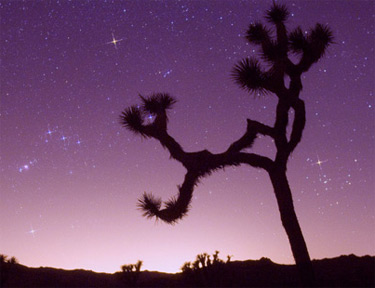 In my last blog post, I presented a 25-question constellation trivia quiz. Here are the answers.
In my last blog post, I presented a 25-question constellation trivia quiz. Here are the answers.
1) Serpens occupies two regions of sky. Ophiuchus the Serpent-bearer separates Serpens.
2) Unlike the Southern Cross, whose long axis points to the South Celestial Pole, the “False Cross” gives only bad directions. Two of its stars come from Carina (Iota and Epsilon) and Vela (Delta and Kappa).
3) Before astronomers formalized the constellation boundaries in 1928 both Taurus and Auriga lay claim to the star Elnath. The star carried the designations Beta Tauri and Gamma Aurigae. Perhaps because Beta comes before Gamma in the Greek alphabet, the committee that decided what areas the constellations contained permanently assigned Elnath to Taurus.
4) The constellation with the most bordering constellations also is the largest constellation, Hydra.
5) Barnard’s Star lies in Ophiuchus.
6) You’ll find NGC 1, a magnitude 12.8 spiral galaxy, in Pegasus.
7) Astronomers discovered both Uranus (1781) and Pluto (1930) in Gemini.
8) Marmor Sculptile represented the bust of Italian explorer Christopher Columbus (1451–1506).
9) The Quadrantid meteor shower originates from Boötes.
10) The constellation with the most Messier objects is Sagittarius, with 15. Virgo is next with 11, followed by Coma Berenices with 8.
11) The smallest of the 88 constellations is Crux the Southern Cross. It occupies only 68.45 square degrees. That works out to a paltry 0.166 percent of the sky.
12) French astronomer Nicolas Louis de Lacaille invented the constellations Antlia, Caelum, Carina, Circinus, Fornax, Horologium, Mensa, Microscopium, Norma, Octans, Pictor, Puppis, Pyxis, Reticulum, Sculptor, Telescopium, and Vela.
13) The star named Arrakis resides in Draco the Dragon. It carries the Greek letter designation Mu.
14) In rank by size, Sagittarius (867 square degrees) is the largest, followed by Taurus (797 square degrees), Libra (538 square degrees), and Scorpius (497 square degrees).
15) The Lozenge is an asterism in Draco the Dragon. The stars Beta, Gamma, Xi, and Nu Draconis form it. These same stars also form Draco’s head.
16) The constellation with the most visible (naked-eye) stars is Centaurus. It contains 101 stars brighter than magnitude 5.5.
17) Tucana contains the Small Magellanic Cloud.
18) Astronomers divided the now-extinct constellation Argo Navis into Carina the Keel, Puppis the Stern, and Vela the Sails. Don’t make the oft-repeated mistake of including Pyxis the Ship’s Compass in this group.
19) German astronomer Johann Gottfried Galle discovered Neptune September 23, 1846, in Aquarius.
20) Virgo is the second-largest constellation.
21) The first variable star discovered, Mira, lies in Cetus. It is designated Omicron Ceti. German astronomer David Fabricius discovered its variability in 1596.
22) Danish astronomer Ejnar Hertzsprung (1873–1967) and American astronomer Henry Norris Russell (1877–1957) proposed the three-letter constellation abbreviations at the First General Assembly of the International Astronomical Union, held in Rome in 1922.
23) Draco the Dragon contains the former “North Star,” Thuban. The star carries the designation Alpha Draconis. Thuban was the North Star approximately 5,000 years ago. It lay closest to the North Celestial Pole around 2,800 B.C.
24) Columba the Dove is the only surviving constellation named after an object in the Bible. It is the dove Noah sent out to test whether the waters from the great flood had abated.
25) The two constellations that contain letters in their abbreviations not in the constellation names are Hydrus (Hyi) and Sagitta (Sge). This happened because astronomers drew the three-letter abbreviations from the genitive (possessive) forms of the constellation names.
BONUS) Twenty-two constellation names begin with the letter C. That’s one-fourth of all the constellations.
I hope you did well, but, if not, don’t fret. Take this quiz to your next astronomy club meeting. You’ll be the center of attention.